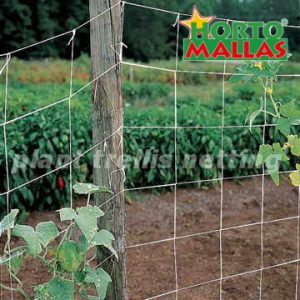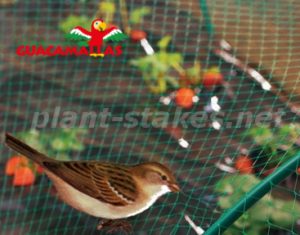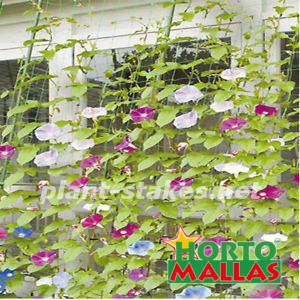Since its development in the 1960s, plant trellis netting has become an important device for horticulturists. After its introduction in Europe, plant trellis netting is now extensively used for gardens in different places around the world. Today, plant trellis netting can be easily found at garden stores.

This gardening tool is used for tutoring plants. Tutored plants are known to grow better and remain contained in a specific area within the garden. When growing vining plants such as beans, squashes, peas and tomatoes in your garden, they sprawl out of control. The plants give little or no room for you walk in your garden but this can be prevented when you install a plant trellis netting.
In addition, plant trellis netting protects plants against ground-rot, insects and pests. It assists the plants to stand erect and grow properly. Plant trellis netting is created with plastic, steel or nylon. It is a support system that includes nylon trellis, plastic trellis, cattle panel trellis and chicken wire trellis among others. Plant trellis netting can be used for different support applications in the garden.
Applications of Plant Trellis Netting in the garden
Horizontal Trellis
Gardeners can stretch the plant trellis netting across their plants for horizontal trellis. The horizontal trellis is a common trellis system used for melons, grapes and tomatoes. It is suited for plants that produce heavy fruits. To adopt the horizontal trellis in your garden, use the plastic netting or nylon trellis netting.
Vertical Trellis

You may apply the plant trellis netting for vertical garden. Vertical trellis is helpful for making the best use of a small garden space. While growing pole beans, cucumbers, melons or tomatoes, there is need for these crops to grow along the trellis to maximize space. Moreover, the garden is exposed to ventilation and natural light when crops grow against the trellis netting. For vertical garden, adopt the nylon netting, plastic netting, chicken wire or cattle panel trellis.
A-Frame Trellis
Applying the plant trellis netting for this trellis structure is best for a garden with limited space and for plants in containers. You can use the nylon netting, the cattle panel or plastic trellis to achieve this form of trellis.
Arch Trellis

This trellis application allows for an appealing garden. The garden plants are supported for proper growth and are positioned to decorate the garden. The cattle panel is most suited for this trellis application in the garden.
Installing the Plant Trellis Netting in the Garden
How you set up the plant trellis netting in your garden depends on what you want to achieve with the support system. For the installation of a trellis netting against the wall, begin by measuring the wall against the corners of the net. If the netting is broader than the wall, trim it a little then tie it to the screw that you have driven into the wall to set it up.
However, you must construct a sturdy frame for the plant trellis netting when creating a stand-alone support system. You can use PVC pipes and connectors to construct the frame.
Plant trellis netting is an age-long resource for tutoring climbing plants. Gardeners use the trellis netting to for vertical garden that beautifies their property.






